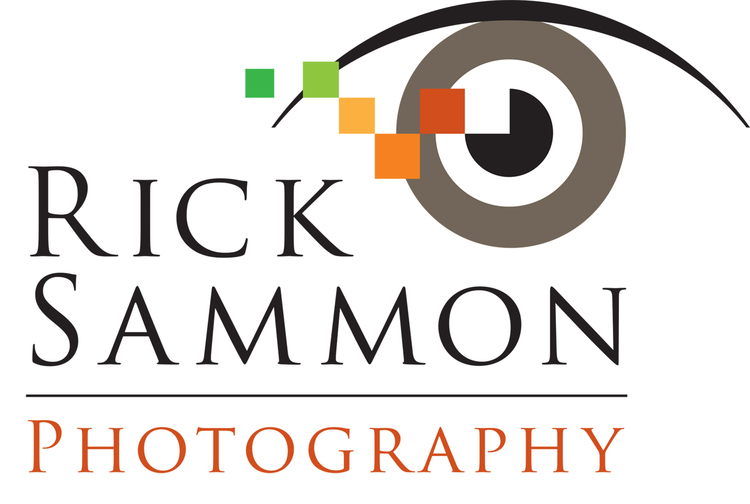Fireworks photographs are not easy to take, mostly because the light level changes, sometimes by a few f-stops, from burst to burst. What’s more, each burst is in a different place in the sky. Another challenge is to capture the burst right at its peak.
Here are my tips for photographing fireworks. Even though I followed them, the three photos you see here are the best out of about 100 that I took at two different fireworks displays
The first tip is to be prepared to take lots and lots of pictures.
Bring a small flashlight so you can see what you are doing!
Choose a location. This is very important. For two of the pictures here, I had a good location. For the Brooklyn Bridge fireworks shots, I did not have the best location, and I was locked into that position (due to the large crowds).
Mount your camera with a wide-angle lens or wide-angle zoom on tripod. You want the tripod to steady your camera (use the self-timer to release the shutter) and the wide-angle lens to capture the fireworks in the sky.
Set the ISO to 200, the exposure mode to Manual, and begin by setting the exposure at f/11 at 2 seconds. You’ll have to change this setting from time to time, but I find that it’s a good starting point.
Activate the long-exposure noise reduction feature in your camera if it has one. Noise shows up in dark areas, and you’ll have plenty of dark areas in the scene. If your camera does not have that feature, plan on reducing the noise in the digital darkroom.
As I suggested, plan on taking lots of pictures.
Finally, have fun! Fireworks displays are a blast—literally!
Explore the light,
Rick
.

